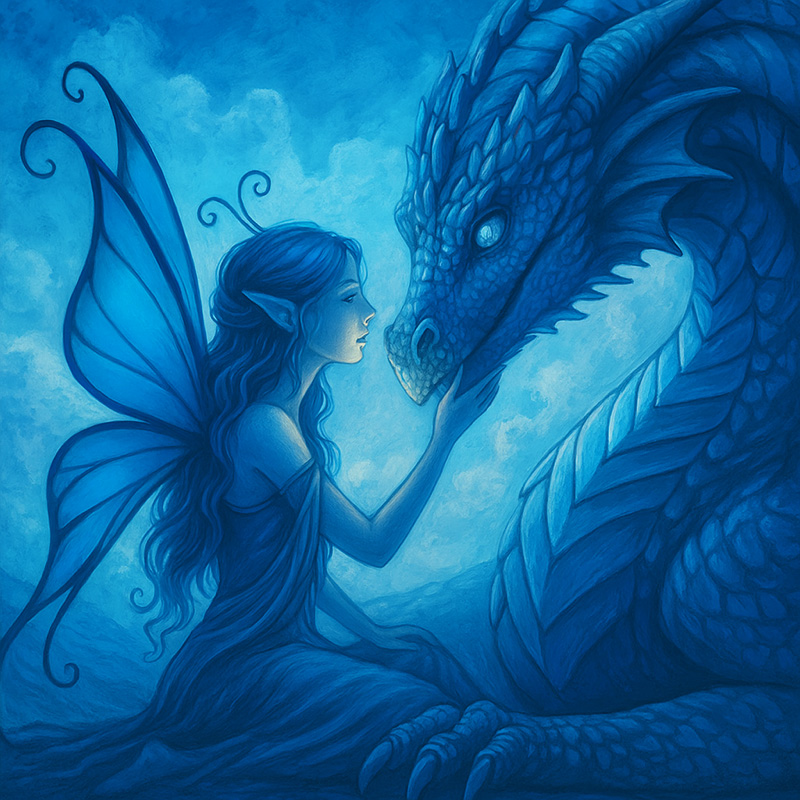I have a son who is learning to read. I want to write stories that will be of interest and value to him. I know the values that I believe are universal to sentient beings, but are there elements which are particularly attractive to the little boy goobers out there?
I have three of them, and I’ve gotta admit, they are vocal about what they like and don’t like. An awful lot of the time, that appears to be: cars, trains, robots, sharks, dinosaurs, soldiers, blowing things up, the color blue, and anything totally gross—boogers and farts.
But they also love: cute baby animals, mermaids, kittens, puppies, frogs, ants, science, paleontology, stories that “aren’t TOO scary”, bad guys who turn out to be good guys, singing and dancing, rainbows and anything with chocolate.
What about older boys? What do they like to read? Harry Potter, of course… remember how delighted everyone was at the thought that thanks to Harry Potter ten year old boys were actually reading books? One of the concerns of teachers is that it’s harder to get boys to read than girls throughout most of the academic ladder—including up to college.
What makes a book masculine-friendly? I asked my husband and he said BFGs and T&A. Thanks, sweetheart. 😉 Kids cartoons have everything color-coded quite maniacally. But young adult and adult books really aren’t much different. You can tell from the cover which demographic the book is aimed at.
The feminist in me always feels guilty if I “cave in” to gender stereotypes. It would be nice if stories could transcend that kind of straightjacket, wouldn’t it?
But what if by getting so obsessed with the trappings of the story,we’re actually making the same mistake of judging things by the outer appearance and not the inner essence of the story? A while ago, Lego came out with Lego Friends: super cute Lego girls and Legos that came in pink and lilac and aquamarine. (Squeeee!!!! They are so awesome!!!!!) Inevitably, some people came and chewed out Lego for being sexist.
The shiny things that attract that atavistic part of ourselves probably is different in girls than boys. I remember reading some mind-boggling study that said there may be a biological reason most girls like pink better than
most boys—most females have more red receptors in their eyes than most males.
Holy cow. Here I was, blaming Matel. I don’t know about you, but that blew my mind. It also made me think that well-intentioned feminist parents who won’t let their daughters wear pink princess dresses are really missing the point.
If there really is a biological base for the love of pink, then it isn’t much more sexist to have a dearth of pink Legos?
The fear is that it’s all a slippery slope. Once you admit that pink might be rooted in biology, then you’ve as good as tied an apron around your daughter’s waist and chained her in the kitchen.
Or… maybe we could consider another possibility. Just because some primitive parts of ourselves, the inner cave people, are sexist, doesn’t mean that the best and most cherished parts of our minds are as well. The values that men and women are most likely to share equally also happen to be the highest values of our humanity: friendship, loyalty, courage, intelligence, love….
Now for the quiz!
Can you guess whether the following stories are aimed at boys or girls? I’ll give you just a few clues.
STORY 1: Pink. Ponies. Designing hats.
STORY 2: Trucks. Killer robot. Wrist device shooting green slime.
STORY 3: MC promises wants to do something. Although friends offer to help, MC is too proud to accept help. Finally, after MC is literally stuck, accepts help from friends and realizes there’s no shame in it.
STORY 4: MC and group of friends decide to race. MC is so busy trying to win that begins to lose friendship. Then a friend gets hurt and MC realizes friends are more important than winning.
Have you written down your answers yet?
It probably wasn’t too hard to guess that Story 1 was aimed at girls, and Story 2 was aimed at boys. But what about Story 3 and Story 4? It wasn’t as obvious, was it?
Why is that?
The clues from Story 1 and Story 2 were all about the out trappings of the story: the colors, the creatures, the goo. The clues from Story 3 and Story 4 were about values. Unless you knew that Story 4 involved pink ponies and Story 3 involved blue trucks, you’d never know one was targeted at girls and the other at boys. In fact, you could reverse the plots but keep the color schemes, and superficially, the entire demographic of the story would change.
But what do you think? What makes a book more appealing to boys or girls? Do you think men and women are more or less open to reading omnivorously?


